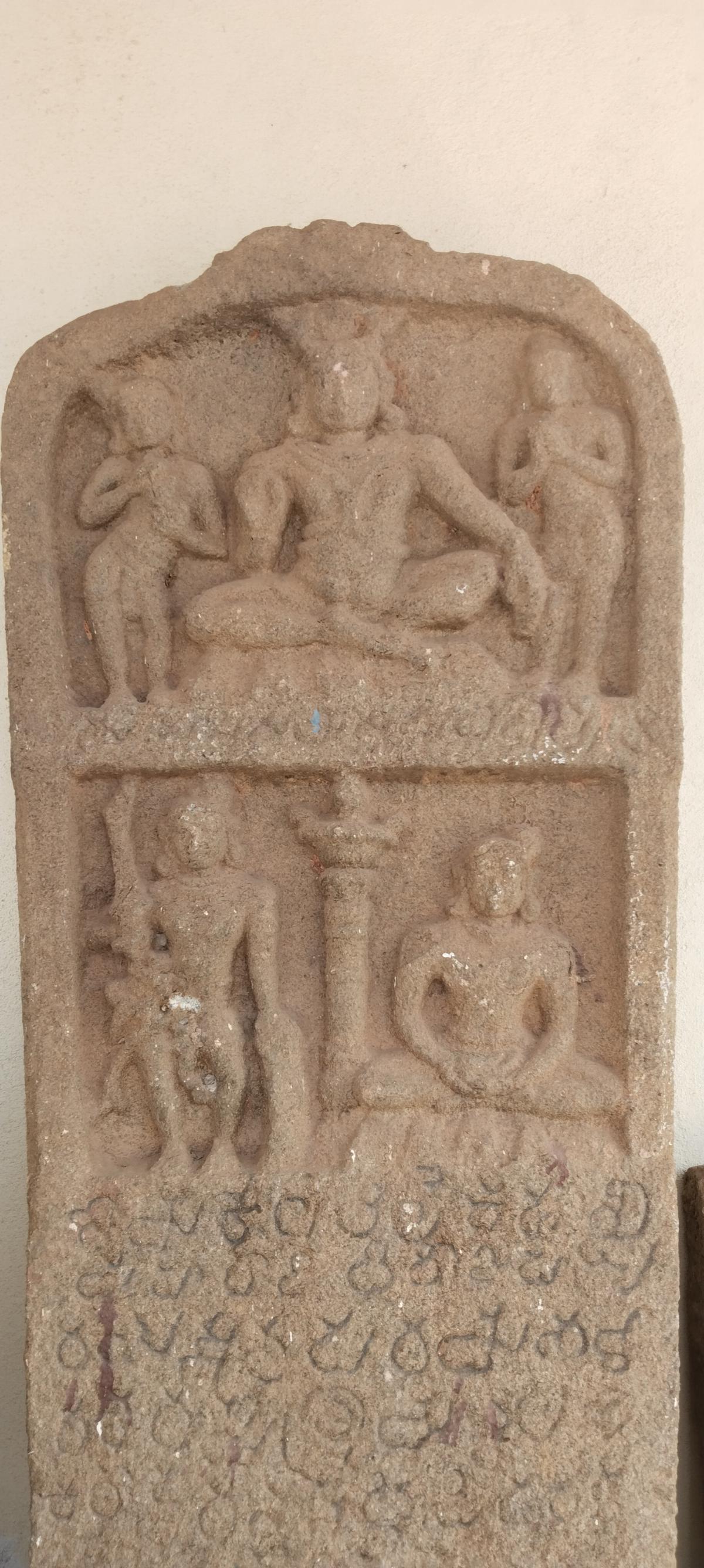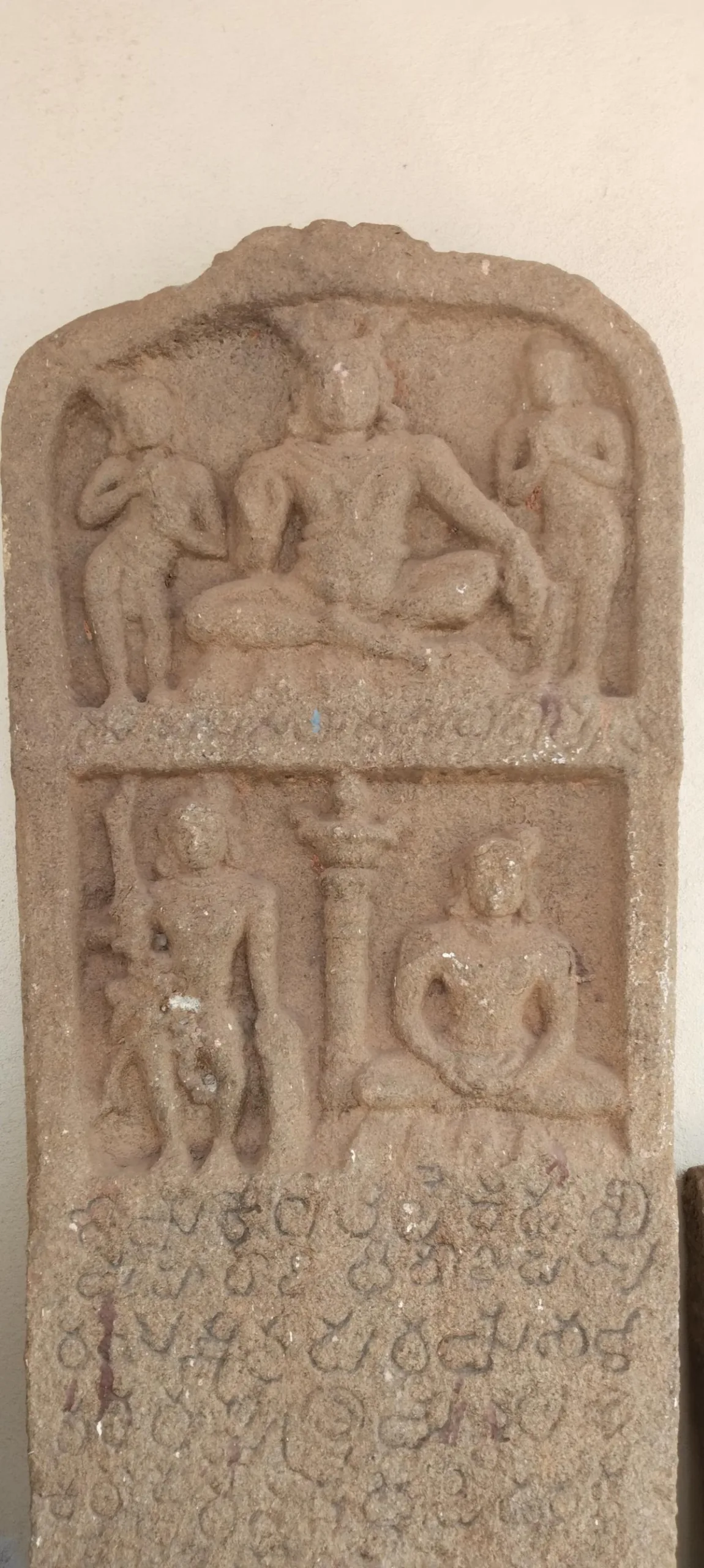Archaeologist discovers inscription announcing the death of King Kulashekara Alupendra I at Someshwara (Karnataka)
an archaeologist discovered an inscription at Someshwara in Karnataka that announced the death of King Kulashekara Alupendra I.
The inscription was written in Kannada script and 12th century characters. It contained human figures that represented Kulashekara Alupendra himself. The first figure showed him standing in Tribhanga (tri-bent posture).

It was the first record of the Alupa Dyansty that announced the death of a king.
- The inscription is significant in the study of Tuluva history and culture.
Alupa Dyansty were one of the longest reigning dynasties of Tulu Nadu (in Karnataka).
- Barkur was the capital city of the royal family.
- The Alupas had shifted their capital to Barkur from Udyavara.
- Tulu has a rich oral literature tradition with folk-song forms like paddana, and traditional folk theatre yakshagana.
- The Halmidi Inscription (Hassan, Karnataka) mentions about a grant recommended by King Pashupati of Alupa and the Chief Commander of Kadamba forces.
About Kulashekara Alupendra I
- He ruled Tulunadu from 1156-1215 A.D.
- He established new city Kulashekara in Mangaluru.
- He laid down strict rules and regulations for temple administration, which are still followed in all temples in this region.
- He was first ruler to give royal patronage to Tulu language and culture.
- In inscriptions, Alupa emperor was described as “Lokantamanta”, meaning ‘famous in thev universe’ in Tulu.
- Someshwara temple was built during his time in honour of Soma and adorned with Nava Durgas.
♦ Soma cult was founded by one Soma Sharma of Gujarat in the 11th century AD and it spread across the country.
